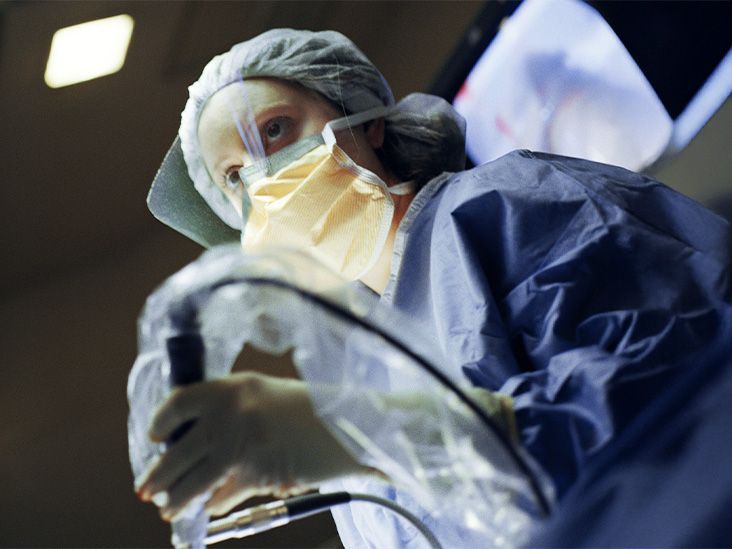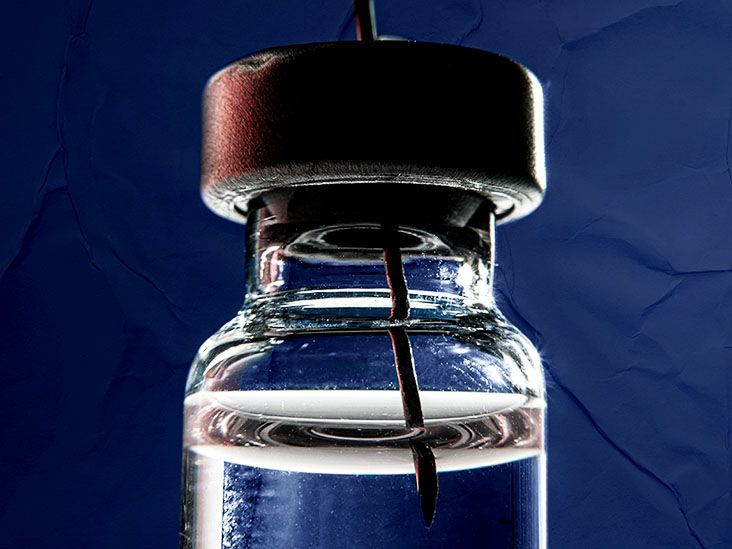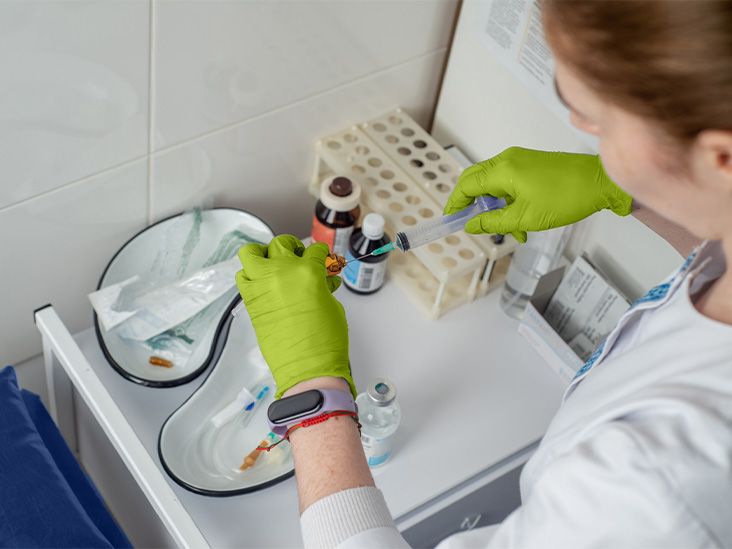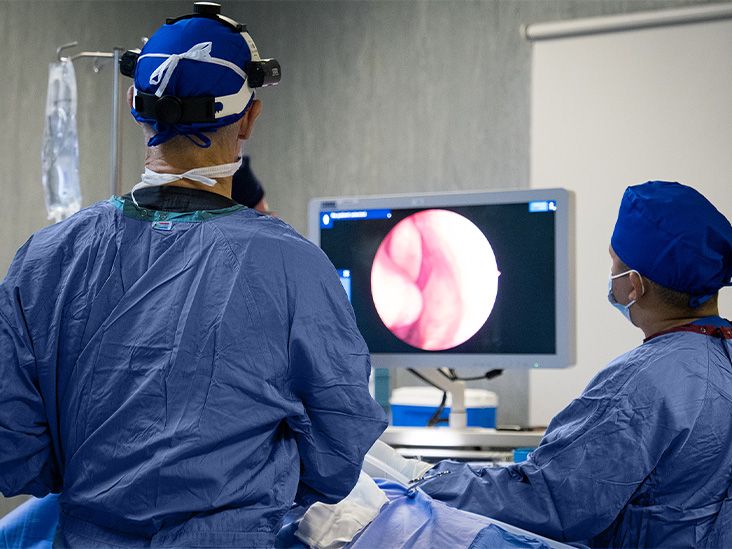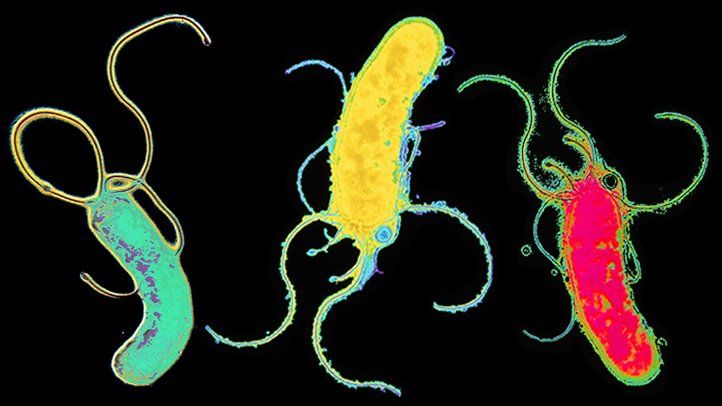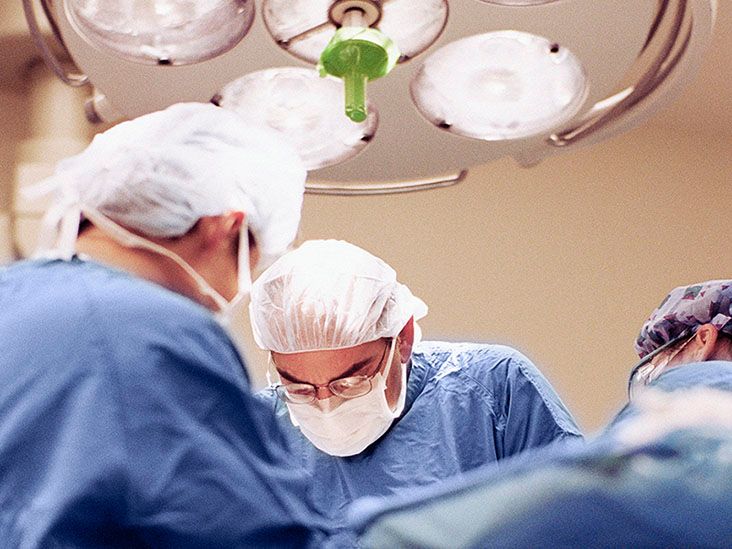Stomach cancer chemotherapy is a set of powerful medicines that travel through your bloodstream to attack cancer cells that have spread beyond the stomach. Doctors may give itbefore surgery to shrink a tumor, after surgery to mop up hidden cells, or as the main treatment when the disease can't be removed.
What you can expect? Treatments usually come in cyclesoften every two to three weeksusing IV infusions or oral pills. You'll hear about the most common drug combos, the typical sideeffects, and how the care team helps you stay as comfortable as possible while fighting the disease.
When Chemotherapy Is Used
Is chemo used before surgery?
That's called neoadjuvant chemotherapy. For many patients with stageIIIII stomach cancer, shrinking the tumor first makes surgery easier and improves longterm survival. The American Society of Clinical Oncology guidelines highlight regimens like FLOT (5FU, leucovorin, oxaliplatin, docetaxel) as the current favorite for fit patients.
Is chemo used after surgery?
After the tumor has been removed, doctors often recommend adjuvant chemotherapy to kill any microscopic disease that might be lurking. Common choices are FOLFOX (oxaliplatin+5FU+leucovorin) or CAPOX (capecitabine+oxaliplatin). Studies from the American Cancer Society show a 1015% improvement in fiveyear survival when adjuvant chemo is given.
When is chemo the primary treatment?
If the tumor can't be surgically removed or has already spread (metastatic disease), chemotherapy becomes the main weapon. The goal shifts from cure to controlslowing growth, easing symptoms, and extending life. Regimens may be less intense, often using a single oral drug like capecitabine or a combination such as FOLFOX.
What about chemoradiation?
Some patients receive chemotherapy at the same time as radiation (called chemoradiation) to improve local control. This approach uses radiosensitizing drugs like 5FU or capecitabine, and it's most common when the tumor is borderline resectable.
Common Chemo Regimens
Below is a quick snapshot of the most widely used stomach chemo regimens. Your oncologist will pick the one that matches your stage, overall health, and personal preferences.
| Regimen | Drugs | Typical Use | Key Sideeffects |
|---|---|---|---|
| FOLFOX | Oxaliplatin+5FU+Leucovorin | Adjuvant & perioperative (stageIIIII) | Peripheral neuropathy, nausea, low blood counts |
| CAPOX | Capecitabine+Oxaliplatin | Adjuvant, some metastatic cases | Handfoot syndrome, neuropathy |
| FLOT | 5FU+Leucovorin+Oxaliplatin+Docetaxel | Neoadjuvant for fit patients | Higher risk of neutropenia, fatigue |
| ECF / DCF | Epirubicin+Cisplatin+5FU (or Docetaxel) | Older standard, still used in some centers | Cardiotoxicity, kidney strain |
| Singleagent capecitabine | Capecitabine (oral) | Frail patients or maintenance | Handfoot, diarrhea |
| Targeted + Chemo (e.g., trastuzumab+capecitabine+cisplatin) | HER2targeted therapy + chemo | HER2positive gastric cancers | Cardiac monitoring required |
| Immunotherapy+Chemo (nivolumab+FOLFOX) | PD1 inhibitor + standard combo | PDL1positive metastatic disease (emerging) | Immunerelated AEs (colitis, hepatitis) |
These regimens evolve as new trials emerge. The NCCN guidelines (2025) are the gold standard for the latest recommendations.
How Chemo Is Delivered
IV infusion
Most combos (FOLFOX, FLOT, etc.) arrive through an IV line. You might have a peripheral cannula, a PICC line, or a totally implanted port. The infusion usually lasts 13hours, and many centers now offer homeinfusion pumps for added convenience.
Oral pills
Capecitabine and newer oral agents let you take chemotherapy at home. The typical schedule is two weeks on, one week off. Before starting, doctors often check for DPD deficiencya genetic trait that can cause severe toxicity. If you're DPDdeficient, the dose is reduced or an alternative is chosen.
Chemoradiation
When chemo is paired with radiation, you'll receive the drugs on the same days you get your radiation sessions. This combo can intensify sideeffects, so proactive antiemetic and skincare plans are essential.
HIPEC (Hyperthermic Intraperitoneal Chemo)
In select cases where cancer has spread to the lining of the abdomen, surgeons may perform HIPEC. Warm chemo fluid circulates in the abdomen during surgery, aiming to eradicate microscopic disease. The procedure is still under study, but a 2024 review from the Mayo Clinic suggests a potential survival benefit in carefully chosen patients.
Side Effects Overview
Every person reacts differently, but most patients encounter a handful of common sideeffects. Knowing what's normaland when to call your care teamcan make the journey less scary.
Nausea & Vomiting
Modern antiemetic cocktails (ondansetron, NK1 blockers, dexamethasone) prevent most episodes. Still, keep a stash of ginger tea or peppermint and eat small, frequent meals to stay comfortable.
Fatigue
Chemo can feel like a drain on your energy reserves. Gentle walks, short naps, and staying hydrated often help. If fatigue becomes severe, let your oncologist knowadjusting the dose or adding a growthfactor may be an option.
Bloodcount Drops
Neutropenia (low white cells), anemia, and thrombocytopenia are routine. Labs are drawn before each cycle. If neutrophils dip too low, you might receive GCSF injections (e.g., filgrastim) to boost counts. Transfusions are used for serious anemia or platelet issues.
Neuropathy
Oxaliplatin and taxanes can cause tingling or numbness, especially in the hands and feet. Cryotherapy gloves during infusion, dose reductions, and vitamin Bcomplex supplements are common tactics. If the tingling worsens, the doctor may pause treatment to let nerves recover.
HandFoot Syndrome
Capecitabine and 5FU sometimes cause red, painful patches on the palms and soles. Early skin caremoisturizers, avoiding hot water, and wearing loose shoescan soften the blow. In severe cases, the doctor may hold the dose.
Cardiotoxicity
Epirubicin and other anthracyclines can affect heart function. Baseline echocardiograms and periodic monitoring catch problems early. If you notice shortness of breath, swelling, or unusual fatigue, reach out right away.
Psychological Impact
The emotional rollercoaster is real. Anxiety, depression, or feeling isolated are common. Many hospitals offer psychooncology services, support groups, or online communities like CancerChat. Sharing your storylike Maria's experience with severe handfoot syndromecan be surprisingly therapeutic.
Monitoring and FollowUp
Staying on top of labs and imaging lets the team adjust treatment before problems grow.
- Lab work before each cycle: CBC, liver enzymes, kidney function, electrolytes.
- Imaging schedule: Usually a CT scan after 34 cycles to gauge tumor response, following RECIST criteria.
- Response criteria: Partial response, stable disease, or progressionall guide whether to continue, switch, or stop therapy.
- When treatment stops: After completing the planned number of cycles, upon disease progression, or when sideeffects become intolerable.
These checkpoints are outlined in the National Cancer Institute's treatment recommendations, reinforcing that diligent followup is a cornerstone of quality care.
Real World Experiences
Stories from people who have walked this path make the data feel human.
Emily, 52, earlystage: After a neoadjuvant FLOT course, her tumor shrank enough for a successful gastrectomy. She says the worst part was the "chemo brain"foggy thinking that cleared a few weeks after surgery.
James, 68, metastatic: He began on CAPOX plus trastuzumab because his cancer was HER2positive. While the regimen kept his disease stable for over a year, he faced periodic neuropathy that required dose adjustments. He credits his oncology nurse for the meticulous symptomtracking chart that helped catch problems early.
Both patients stress one common theme: open communication with the medical team and leaning on support networks made the tough days bearable.
Conclusion
Stomach cancer chemotherapy is a powerful ally in the fight against a challenging disease. Whether it's given before surgery to shrink a tumor, after surgery to mop up hidden cells, or as the main treatment for advanced disease, the goal is always to give you the best chance at a longer, healthier life. Understanding the common regimens, how the drugs are delivered, and what sideeffects to expect can empower you to make informed choices and work closely with your care team.
If you're navigating this journey, remember you're not alonetalk to your oncologist about the regimen that fits your situation, keep a symptom journal, and reach out to support groups for extra encouragement. Share your thoughts or questions in the comments below; together we can turn uncertainty into confidence.
FAQs
What is the purpose of neoadjuvant chemotherapy for stomach cancer?
Neoadjuvant (pre‑surgery) chemotherapy aims to shrink the tumor, making it easier to remove and improving long‑term survival, especially in stage II‑III disease.
How do common stomach cancer chemo regimens differ?
Regimens vary by drug combination and intensity: FOLFOX and CAPOX are standard adjuvant combos; FLOT is a more aggressive neoadjuvant protocol; single‑agent capecitabine is used for frail patients or maintenance.
What are the most common side effects and how can they be managed?
Typical toxicities include nausea, fatigue, neuropathy, hand‑foot syndrome, and blood‑count drops. Modern anti‑emetics, dose adjustments, cryotherapy gloves, and growth‑factor support help mitigate these effects.
How is chemotherapy delivered—IV vs oral—and what determines the method?
IV infusions (e.g., FOLFOX, FLOT) are used for most multi‑drug combos, while oral agents like capecitabine are chosen for convenience or when patients are less fit. Genetic testing for DPD deficiency also guides oral use.
When is chemotherapy combined with radiation or surgery for stomach cancer?
Chemoradiation is employed for borderline‑resectable tumors to improve local control, and intra‑operative or HIPEC approaches may be added when cancer spreads to the peritoneum.
Disclaimer: This article is for informational purposes only and does not constitute medical advice. Always consult with a healthcare professional before starting any new treatment regimen.
Related Coverage
Get insight into what doctors see during a stomach cancer endoscopy, why the images matter, and how detection can save lives....
Get essential info on esophageal and stomach cancer symptoms, risk factors, diagnosis, and treatment options to help you stay informed and prepared....
Get insights on how immunotherapy for stomach cancer works, who benefits most, side effects, and key questions for your oncologist....
Stomach cancer treatment options, risks, and recovery tips explained in plain language—helping you ask the right questions now....
Subcutaneous immunotherapy for GI cancer offers a convenient alternative to IV treatment. Find out how it works and who it’s for....
A stomach cancer diagnosis includes upper endoscopy with biopsy, staging scans, and treatment planning to guide you forward....
Stomach cancer quizzes boost public knowledge on risk factors, symptoms, prevention and facts. Interactive quizzes empower early detection and care seeking....
Gastrectomy surgery reshapes digestion; learn types, recovery timeline, diet tips, and supplements for a healthier post‑op life....
Stomach cancer chemotherapy uses drug combos before or after surgery and as treatment for advanced disease, with side‑effect tips....
Learn how age, H. pylori, diet, smoking, and genetics affect stomach cancer risk and discover steps to lower your chances....
